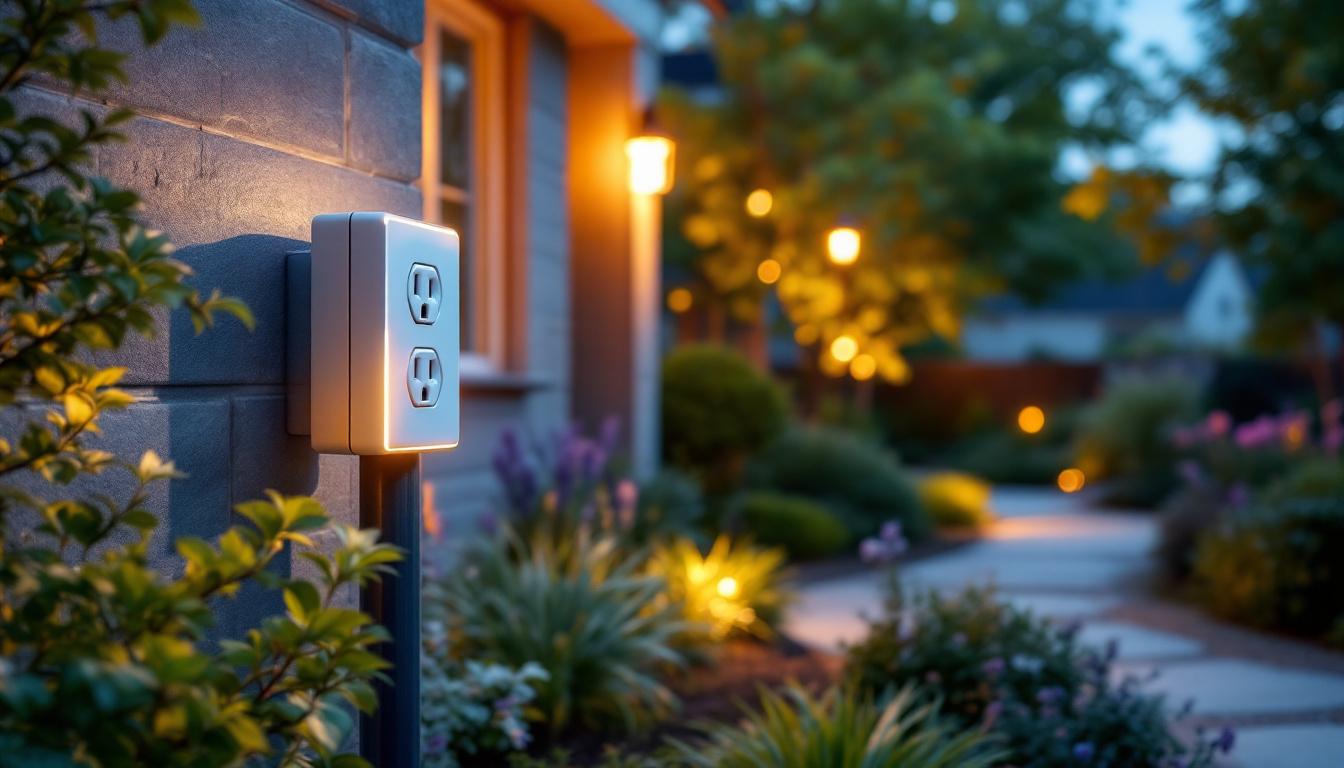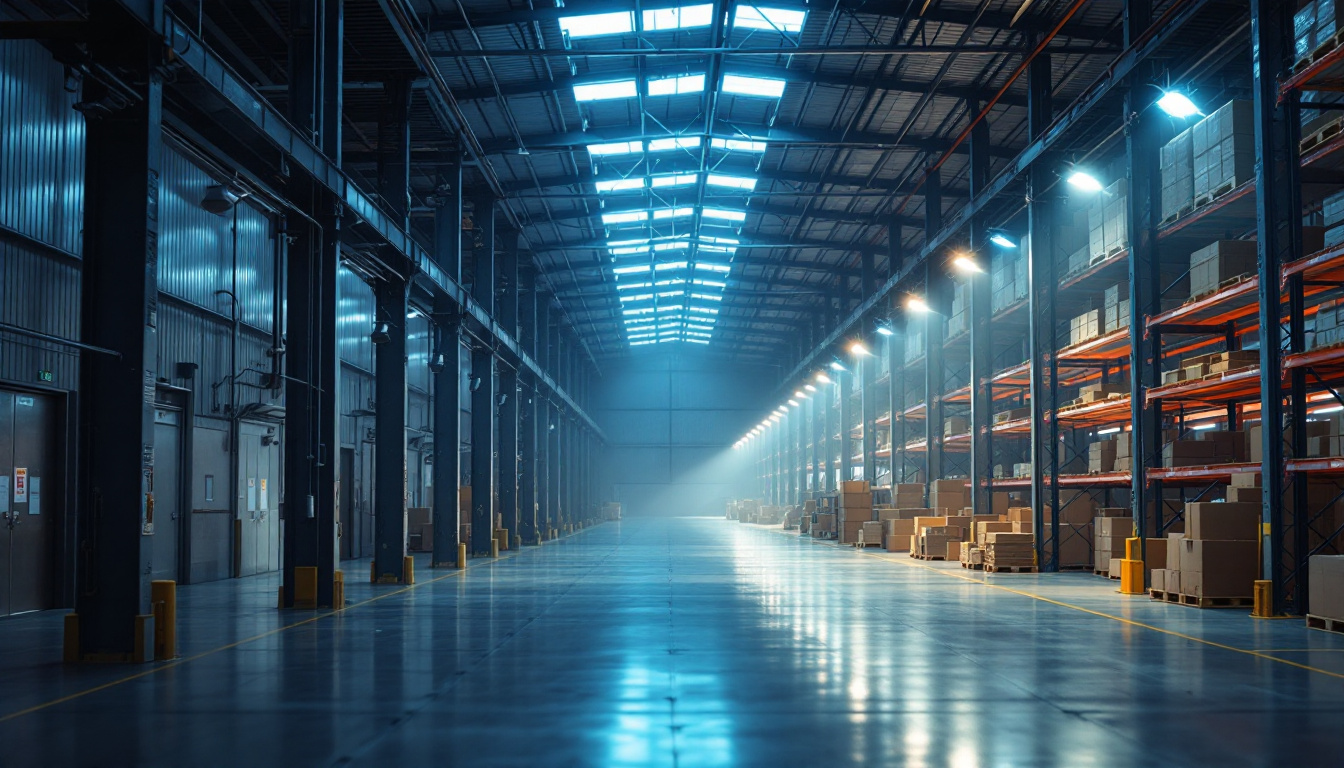
Fluorescent tubes have long been a staple in commercial and industrial lighting, providing an effective and energy-efficient solution for various applications. For lighting contractors, understanding the standard lengths of fluorescent tubes is essential for ensuring proper installation, compatibility with fixtures, and meeting the specific needs of clients. This article delves into the standard lengths of fluorescent tubes, their applications, and important considerations for lighting contractors.
Fluorescent tubes come in various lengths, each designed to fit specific fixtures and applications. The most common lengths are 2 feet, 3 feet, 4 feet, and 8 feet. Each length serves different purposes and is often chosen based on the space available and the desired lighting effect.
The most widely used fluorescent tube lengths are 4 feet and 8 feet. The 4-foot tube is particularly popular in commercial settings, such as offices, retail spaces, and warehouses. Its versatility allows it to be used in a variety of fixtures, including troffers, surface mounts, and pendant lights. In office environments, these tubes provide a balanced light that enhances productivity and reduces eye strain, making them a preferred choice for workspaces where employees spend long hours.
On the other hand, the 8-foot tube is typically employed in larger areas that require extensive lighting, such as gymnasiums, manufacturing plants, and large warehouses. The longer length provides a more extensive light distribution, making it ideal for spaces with high ceilings or wide expanses. In gymnasiums, for instance, the 8-foot tubes illuminate the entire area evenly, ensuring that athletes can perform safely and effectively. Additionally, in manufacturing plants, these tubes help to create a well-lit environment that is crucial for precision work and safety compliance.
While 4-foot and 8-foot tubes dominate the market, 2-foot and 3-foot fluorescent tubes also have their place. The 2-foot tubes are often used in smaller fixtures or as accent lighting, while the 3-foot tubes can be found in specialized applications, such as under-cabinet lighting in kitchens or in display cases. These shorter lengths are particularly advantageous in residential settings where space is limited, allowing homeowners to achieve effective lighting without overwhelming the area.
Understanding these less common lengths allows contractors to offer tailored solutions to clients, ensuring that every lighting need is met with precision. Moreover, the use of shorter tubes can enhance the aesthetic appeal of a space, as they can be strategically placed to highlight artwork or architectural features. In retail environments, for example, 3-foot tubes can be used to create focused lighting that draws attention to merchandise, enhancing the shopping experience and potentially increasing sales. The versatility of these tubes makes them an essential consideration in any comprehensive lighting design plan.
Selecting the appropriate fluorescent tube length involves considering several factors, including the size of the space, the type of fixtures being used, and the desired lighting effect. Each project may call for a different approach, and lighting contractors must be equipped with the knowledge to make informed decisions.
The dimensions of the area being illuminated play a crucial role in determining the right tube length. For instance, in a narrow corridor, shorter tubes may be more suitable, while larger, open spaces may benefit from longer tubes that provide more extensive coverage. Additionally, the height of the ceiling can influence the choice of tube length, as higher ceilings may require longer tubes to achieve adequate illumination. Furthermore, the layout of furniture and other obstructions can also impact how light is distributed across the space. A well-planned lighting design takes into account these spatial dynamics to ensure that every corner is adequately lit, enhancing both functionality and aesthetics.
Another critical factor is the compatibility of the fluorescent tube with existing fixtures. Many fixtures are designed specifically for certain lengths, and using a tube that does not fit properly can lead to inefficient lighting and increased maintenance costs. Contractors should always verify the specifications of fixtures before making a selection. Additionally, it’s important to consider the type of ballast used in the fixtures, as this can affect the performance of the fluorescent tubes. Some fixtures may require electronic ballasts for optimal efficiency, while others may work better with magnetic ballasts. Understanding these nuances can help prevent issues down the line and ensure a smooth installation process.
The intended ambiance of the space is also essential. For example, a retail environment may require brighter, more focused lighting to highlight products, while a restaurant may benefit from softer, diffused lighting. Understanding the client’s vision and the role of lighting in achieving that vision will guide contractors in selecting the appropriate tube length. Additionally, the color temperature of the fluorescent tubes can significantly influence the mood of a space. Warmer tones can create a cozy atmosphere, ideal for hospitality settings, while cooler tones may enhance productivity in office environments. By carefully considering these elements, contractors can tailor their lighting solutions to meet both functional and aesthetic needs, ensuring that the final outcome aligns with the client’s expectations and enhances the overall experience of the space.
Fluorescent tubes are not only differentiated by length but also by type. Each type has unique characteristics that can affect performance, energy efficiency, and application suitability. Familiarity with these types is vital for lighting contractors when advising clients or selecting products.
The most common types of fluorescent tubes are T12, T8, and T5, each varying in diameter and efficiency. T12 tubes are the oldest and have a diameter of 1.5 inches. While they are still in use, they are less energy-efficient compared to newer options.
T8 tubes, with a diameter of 1 inch, are more prevalent in modern installations due to their improved efficiency and light output. They are available in various lengths and can be used in a wide range of fixtures.
T5 tubes are the most compact, with a diameter of 5/8 inch. Their smaller size allows for more versatile fixture designs and greater energy efficiency. T5 tubes are often used in applications where space is limited or where a sleek appearance is desired.
When selecting fluorescent tubes, it is essential to consider ballast compatibility. The ballast regulates the electrical current to the tube and can significantly affect performance. Different tube types require specific ballasts, and using the wrong combination can lead to flickering, reduced lifespan, or even failure to start.
Contractors should ensure that the ballast is compatible with the chosen tube type and length, as this can impact the overall efficiency and effectiveness of the lighting system.
Proper installation of fluorescent tubes is crucial for maximizing their performance and longevity. Lighting contractors should adhere to best practices to ensure that installation is efficient, safe, and compliant with relevant regulations.
Before beginning any installation, safety should be the top priority. Contractors should always turn off power to the fixture and use appropriate personal protective equipment (PPE). Additionally, it is essential to follow local electrical codes and regulations to ensure compliance and safety.
Proper handling of fluorescent tubes is also important. These tubes contain small amounts of mercury, which can be hazardous if broken. Contractors should be trained in safe handling and disposal practices to minimize risks.
Ensuring that fixtures are properly aligned is vital for achieving the desired lighting effect. Misalignment can lead to uneven lighting and shadows, diminishing the overall quality of illumination. Contractors should take the time to adjust fixtures as needed and verify that tubes are securely installed.
After installation, testing the lighting system is essential to confirm that everything is functioning correctly. This includes checking for flickering, ensuring that all tubes are lit, and verifying that the light output meets the client’s expectations.
Regular maintenance is also crucial for the longevity of fluorescent lighting systems. Contractors should advise clients on the importance of routine checks and replacements to ensure optimal performance over time.
As energy efficiency becomes increasingly important in the lighting industry, fluorescent tubes have evolved to meet these demands. Understanding the energy-saving potential of different tube lengths and types can help contractors provide valuable insights to clients.
Fluorescent tubes are generally more energy-efficient than traditional incandescent bulbs, but there are variations among different types. T5 tubes, for instance, typically consume less energy than T8 and T12 tubes, making them a more sustainable choice for many applications.
Contractors should be prepared to discuss energy consumption with clients, helping them understand the long-term savings associated with selecting more efficient options. This can be particularly persuasive for businesses looking to reduce operational costs and enhance their sustainability efforts.
Proper disposal of fluorescent tubes is essential due to the presence of mercury. Contractors should be aware of local regulations regarding the recycling and disposal of these tubes and should educate clients on safe practices. Many municipalities offer recycling programs specifically for fluorescent tubes, ensuring that they are disposed of in an environmentally friendly manner.
For lighting contractors, understanding standard fluorescent tube lengths and their applications is essential for providing effective lighting solutions. By considering factors such as space requirements, fixture compatibility, and desired lighting effects, contractors can make informed decisions that meet client needs.
Additionally, knowledge of different tube types, installation best practices, and energy efficiency can further enhance the contractor’s ability to deliver high-quality lighting systems. As the industry continues to evolve, staying informed about advancements in fluorescent lighting will ensure that contractors remain competitive and capable of meeting the demands of their clients.
Ultimately, the right fluorescent tube length can make a significant difference in the quality of lighting, energy consumption, and overall satisfaction of clients. By mastering these essentials, lighting contractors can enhance their expertise and provide exceptional service in the ever-changing landscape of lighting design.
Ready to elevate your lighting projects with the right fluorescent tube lengths and top-quality fixtures? Look no further than LumenWholesale for a comprehensive selection of spec-grade lighting products at unbeatable wholesale prices. Say goodbye to inflated markups and hello to superior lighting solutions that meet the highest industry standards. With our hassle-free bulk buying and free shipping, you can trust that you’re getting premium lighting at the best value — every time. Don’t compromise on quality, affordability, or convenience. Visit LumenWholesale today and experience the difference for yourself!

Discover innovative cost-saving strategies for lighting contractors focusing on LED wall lighting.

Discover the charm of vintage-looking light bulbs with our comprehensive guide tailored for lighting contractors.

Discover why lighting contractors should prioritize outdoor power outlet posts in their projects.

Discover how a warehouse lighting calculator can revolutionize your lighting solutions, enhancing efficiency and safety.